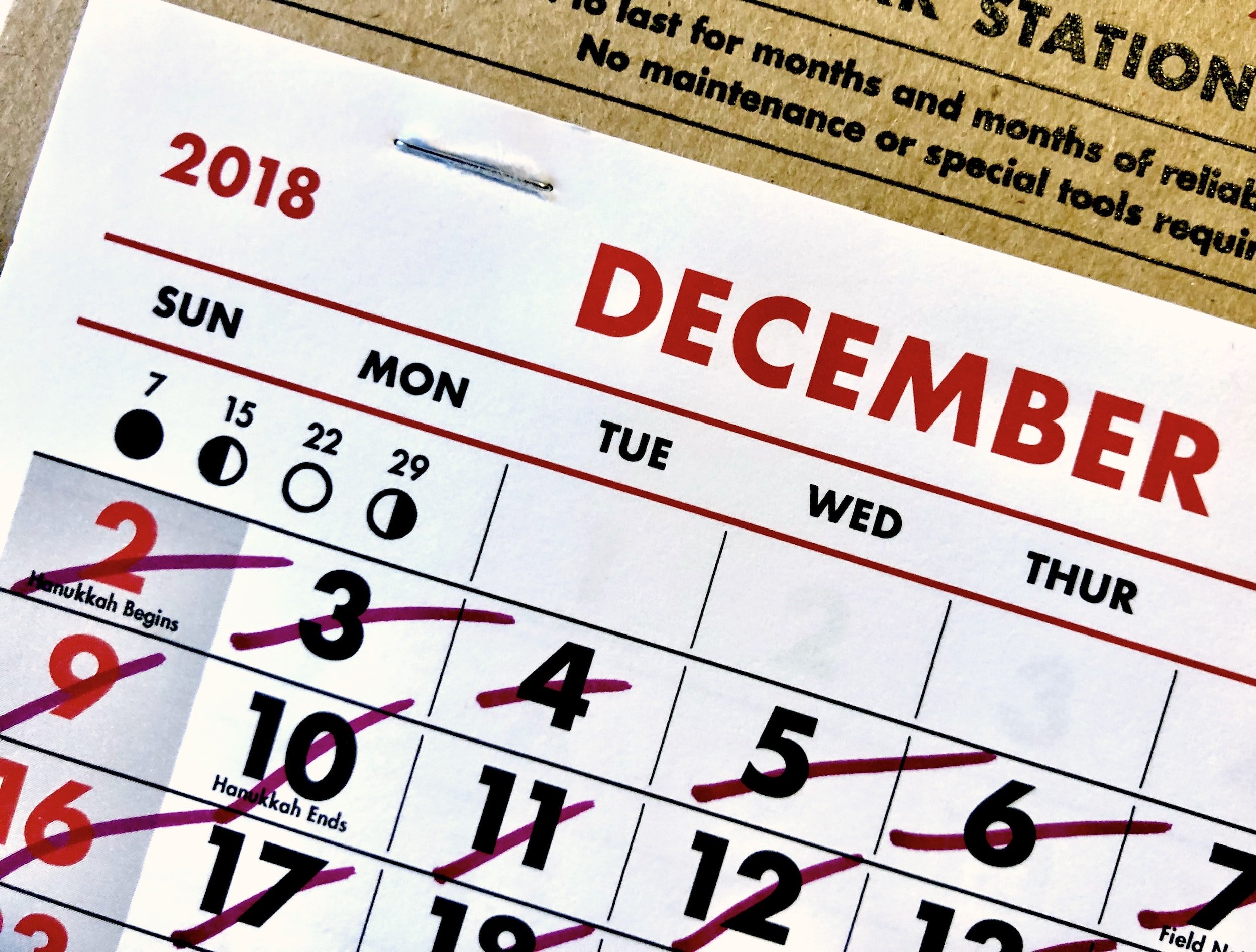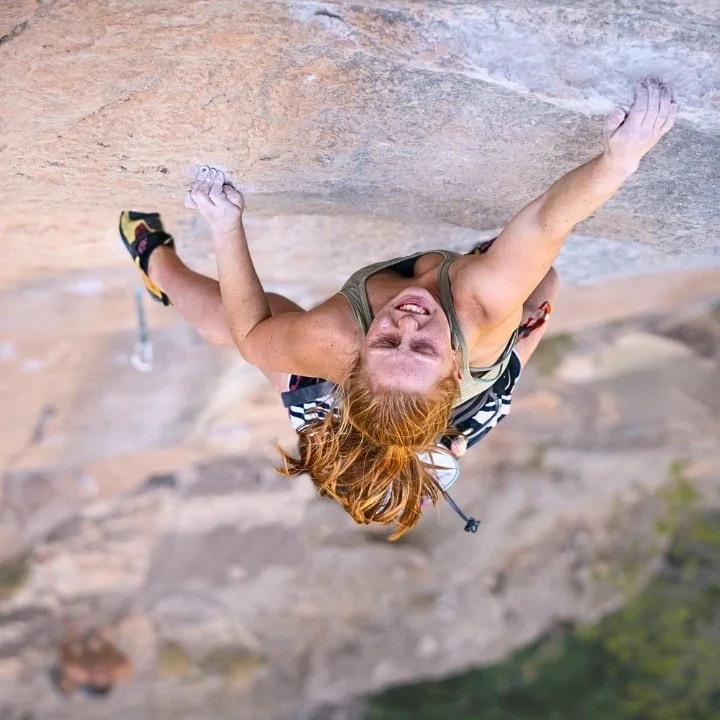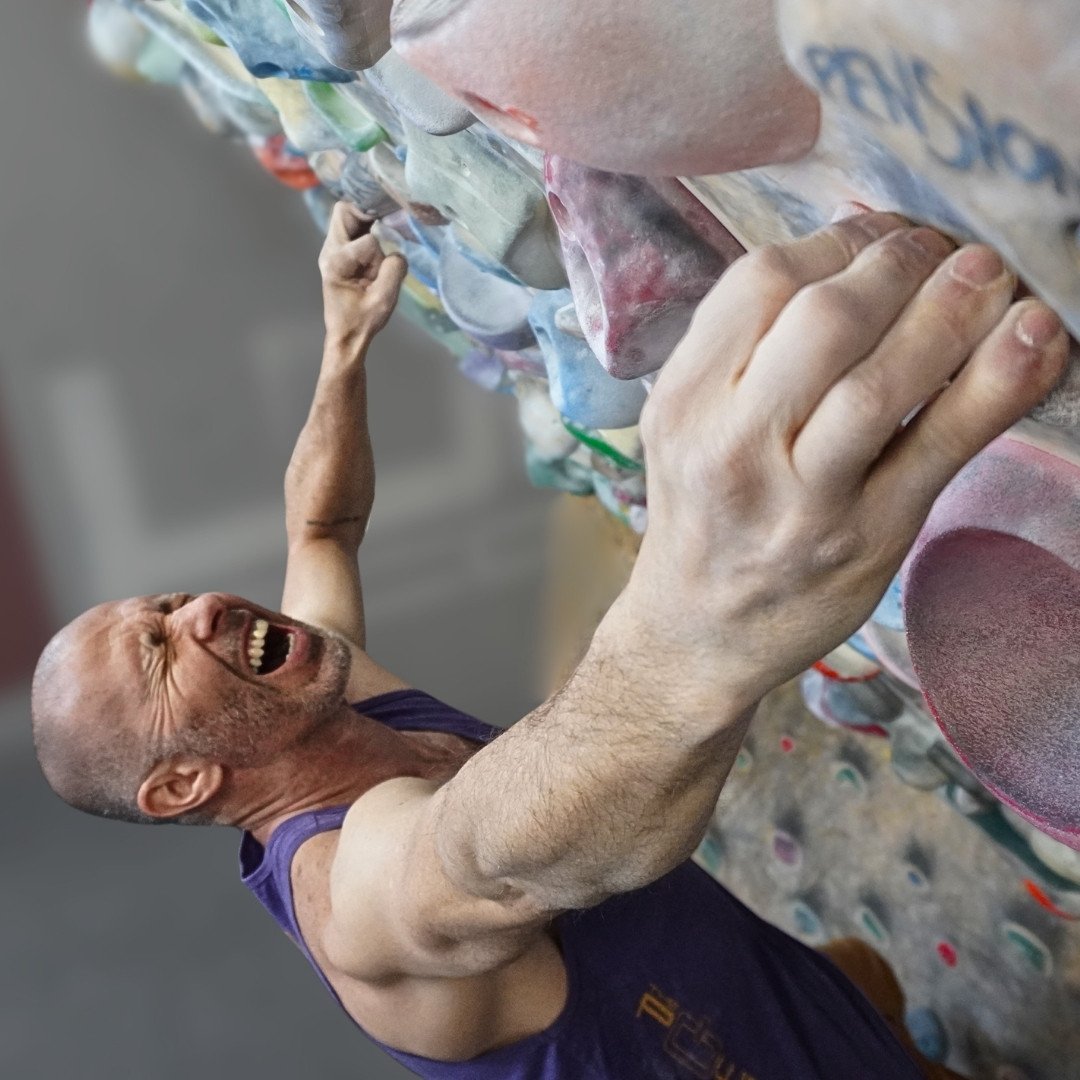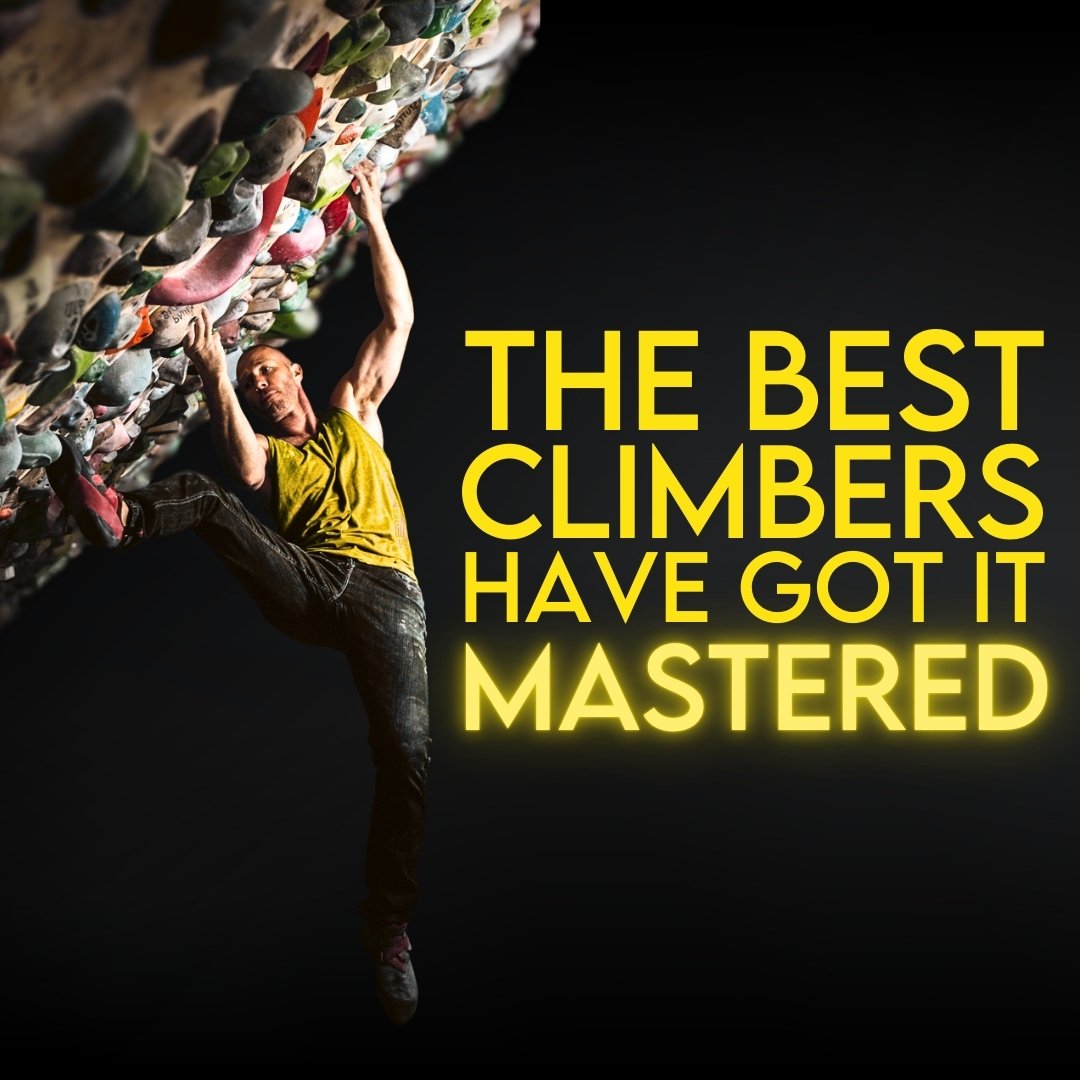Consistency’s Caveat

Click on a “How to Improve” article for any subject and you’re guaranteed to come across phrases like:
Consistency is king.
The most important thing is to be consistent.
It doesn’t matter how much intensity you have if you don’t have consistency.
You have to show up and you have to keep showing up.
I’m not here to disagree with these statements, but I am here to add a climbing-specific asterisk to them.
Rock climbing is fun. Indoor climbing is fun. Board climbing is shockingly a lot of fun. For many people, even training for these things by hangboarding and lifting weights can be fun. We want to do this sport so much that consistency and “showing up” feel effortless.
This is what gives climbing its allure. It’s so much fun that it doesn’t feel like work to keep showing up. The more you show up, the better you get, making it even more fun, which makes you want to keep coming back. Climbing starts off as this self-feeding cycle that has you wishing you could climb seven days a week. Because of this, most climbers feel like they can check off the consistency box. What happens when this cycle stops bringing improvement though?
At a certain point, showing up and only doing what is fun stops being enough to guarantee progress. This doesn’t mean that climbing has to stop being enjoyable, and this absolutely doesn’t mean that you can’t continue to see progress from mostly just climbing. What it does mean is that we need to hold ourselves to a higher standard for how we define “showing up” and “being consistent”.
What could you change about your sessions that would allow you to get more value out of them? What if you picked one or two things that you know would help you improve, and made those your new standard for “being consistent”?
Here are some ideas that you can try out:
Spend part of your session trying problems that will take you more than 1-2 days to send
Be present and intentional during your warm ups
Have a weekly bouldering session instead of always defaulting to getting on ropes (you know who you are)
Do mobility to start your session
Completing your strength or hangboarding work if that’s what is most important
If you’re rope climbing, set a goal for how many times in a session you will fall going for the next move instead of letting go or saying “take”
Have the first hard boulder of the session be your weakest style or angle
Pause for a few minutes after every session to reflect on what went well and what you could have done better. Bonus points if you track it!
You don’t need to overhaul your climbing in order to see results. If you make one or two small changes and be consistent with them you’ll continue getting to enjoy the sport you love while also improving. Who knows, you might even learn to love these new challenging aspects of climbing. If you learn to enjoy them, you’ll keep doing them, and consistency and improvement will feel automatic again. It’s a pretty good cycle to get stuck in.

Switching back and forth between sport climbing and bouldering can be difficult…
Alex Megos once said that conditions don’t matter, but we all know that’s not true… or is it?
There’s one often overlooked thing that has the power to positively – or negatively – affect every single day of climbing for the rest of your life.
There is a point at which continuing a tactical approach can slow your climbing gains.
Toe-hooking can seem more like sorcery than other techniques, but you’re probably just going about it the wrong way.
Implementing this one simple thing can result in big performance gains in your climbing, no matter what level you’re at.
Despite being constantly present and often the reason we fail, Rhythm is the most underrated of the Atomic Elements of Climbing Movement.
Long-time friends Nate and Ravioli Biceps discuss lessons they’ve pulled from video gaming that can help inform our climbing.
There’s A LOT of great information out there on how to climb harder. But it’s tough to sort through…
Short climbers are good at getting scrunchy, and tall climbers are good at climbing extended, right? Wrong.
One of the most common places things start to fall apart is at the very beginning of the move.
We know spending time on a finishing link is smart tactics for hard climbs. So why not apply the same concept to individual moves?
Learning when and how to compensate for a weakness is a skill. And skills need to be practiced.
Lowball boulders, while not as proud, can still teach us new movement, new ways to utilize tension, and force us into finding new techniques.
I never thought I’d be recommending this, but some of y’all should be putting less effort into becoming technically better climbers.
Training principles are important, but when they creep into performance, your climbing will suffer. Nearly every time.
We have become collectors of dots. But there’s one major thing that happens when we connect dots that is entirely lost in mass dot collection: critical thinking.
Do you really have terrible willpower? Or are you surrounded by distractions and obstacles?
You have a climbing trip coming up. The rock is different. The style is different. Your pre-trip time is short and the number of days you’ll be climbing, even shorter…
Giving artificially low grades to climbs increases their perceived value for our training and development. The more something is mis-graded the more we naturally want to prioritize it.
Discussion around grades can be so polarizing that many of us avoid the topic.
Climbing starts off as this self-feeding cycle that has you wishing you could climb seven days a week. What happens when this cycle stops bringing improvement though?






























A better way to view grades and progression?